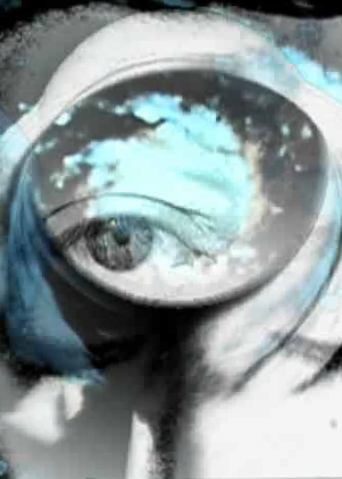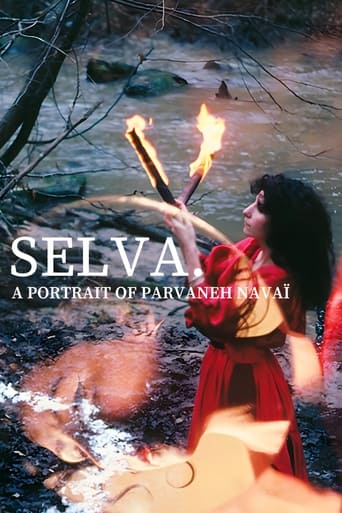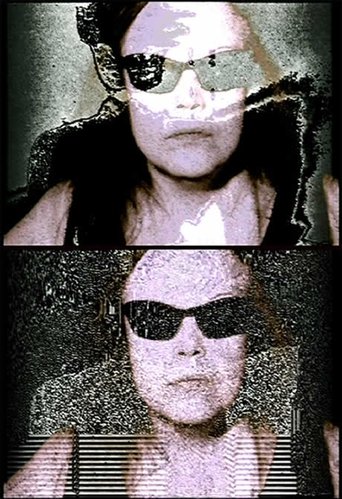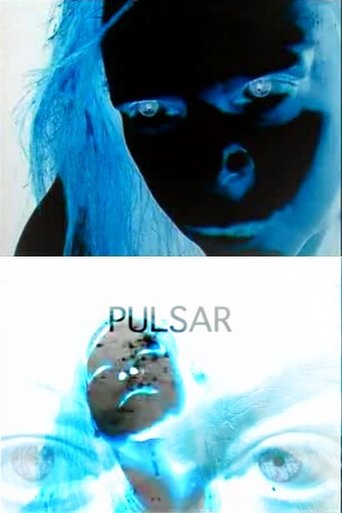The Amazonian Angel 1992
This filmic portrait is born of a double movement: the meeting of Lena Vandrey with our cinematographic universe, our meeting with her pictorial world, her space and her collection of processional figures and articulated dolls. Crossings of imaginations, of mythologies: the South, the origins, the search for a "greecity", the search for the magical potential of the image, the feminine one as "force in love". Crossings of plastic gestures: one on canvas support, the other on photographic and filmic support. We invited the artist to become herself body-painting, filmed painting. We have staged her texts, her paintings, her objects, her space. Attempt to reveal it as an embodiment of its own mythology.







